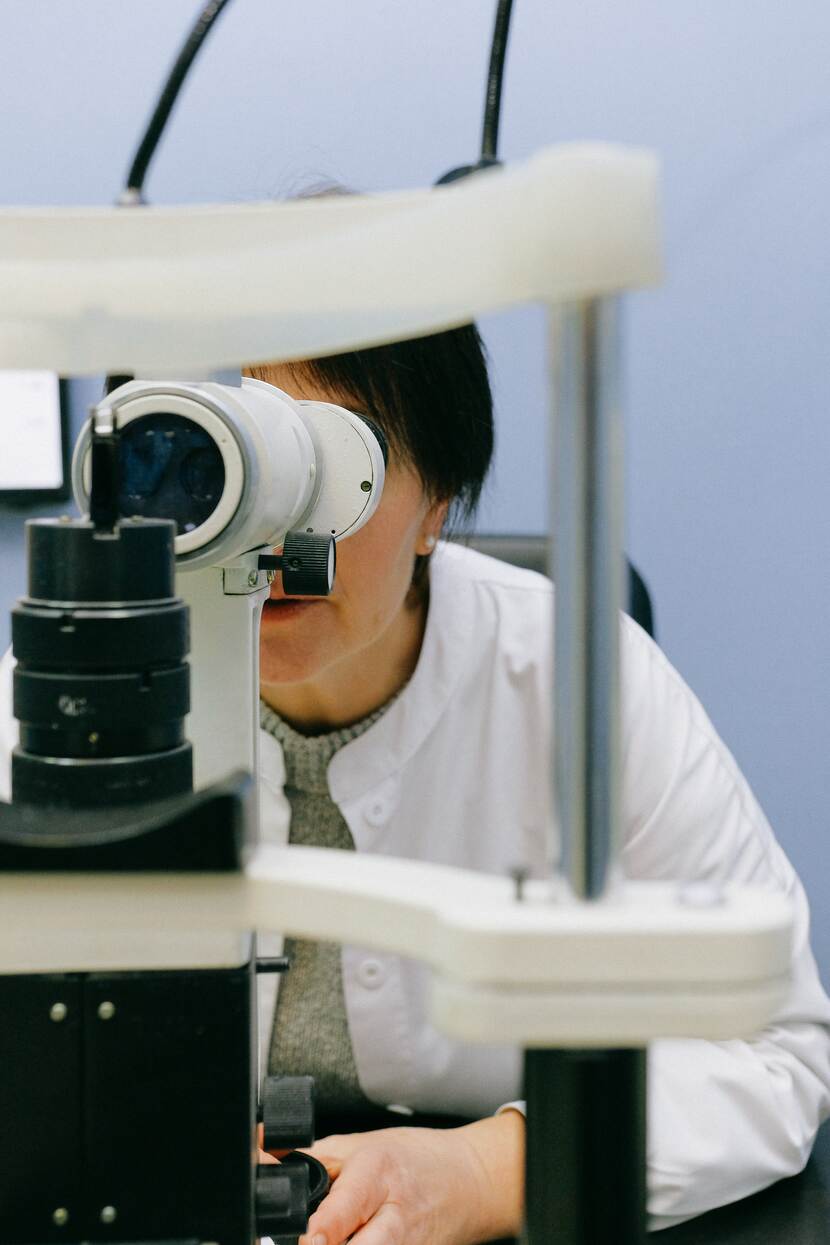China Agri News Week 25, 2020
This is the news overview of week 25 from the agricultural team of the Netherlands Embassy in Beijing.
Dutch Authorities Sent Statements to China’s Competent Authorities Ensuring Food Safety
Last week, the Dutch Ministry of Agriculture, Nature and Food Safety, the Dutch Federation of Fish Wholesalers and Processors, and the National Meat Association (COV), send out one cover letter, and two statements, letters following food safety concerns on the Chinese market.
The letter from the Ministry ensured that all food products exported from the Netherlands are held against high-quality standards. COV and the Fishery Association took the opportunity to inform the Chinese authorities about recent additional measures as a result of COVID19.
Questions about the quality of European products rose following the allegations that the recent coronavirus outbreak in Beijing was linked to imported salmon from Europe. Consumers allegedly expressed their concern about imported goods from Europe. However, on June 19th, the Chinese government published a statement saying that no evidence was found that COVID19 can be transmitted through food.

China’s National Food Safety Continues to Improve
On Jun 7th, China State Administration for Market Regulation (SAMR) announced the results of the 2019 national food safety sampling inspection. China SAMR inspected 244 thousand batches of food products covering 33 main categories.
Qualification rate for daily consumption food, such as processed grain products, edible oil, remains high. For example, the qualification rate for meat products in 2019 is 97.0%, which is 0.5% higher than that of 2018. Also, great improvements were made in handling food safety problems. The inspection qualification rate for starch and starch products reached 97% in 2019, which increased by 2.3% compared with 2018, the detection rate of illegal non-edible additive in food was only 0.02%, and perhaps most important for Chinese consumers: no melamine detected in infant formula for 11 years consecutively
The overall failure rate is 2.4%, which remains the same as that of 2018. Major reasons for inspection failure lies in microorganism contamination, food additive overuse, pesticides, and veterinary drug residue (Source: Chemlinked).
Government’s New Notice on Cold Chain Construction Aiming at Bottom-Up Approach
Recently, the Ministry of Agriculture and Rural Affairs published a new notice focusing on further strengthening the construction of China’s cold chain-, preservation-, and storage facilities of agricultural products.
Different from other notices from the ministry, this latest article strongly focused on bottom-up stimuli, instead of top-down only. In addition to financially promoting the construction and (in)direct monitoring of cold chain facilities on a national, provincial and local level, governments on all levels are now encouraged to actively carry out awareness for the projects through various media channels to create a positive social atmosphere, create more policy support, and to mobilize investments (Source, Chinese only: China Dairy Industry Association).